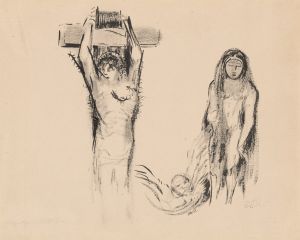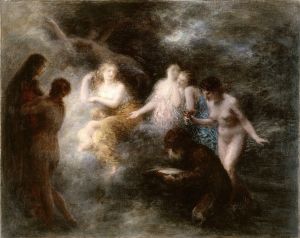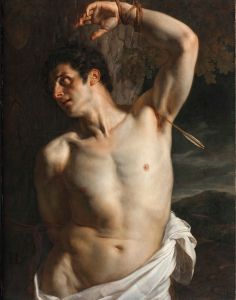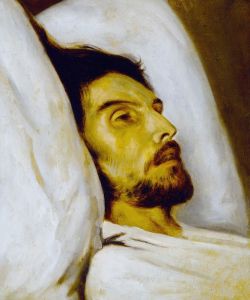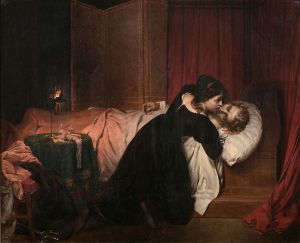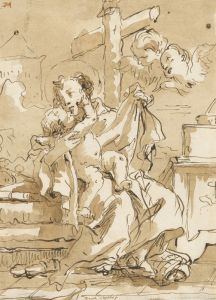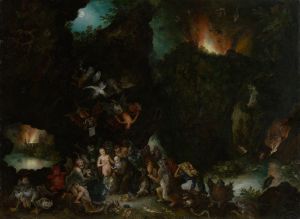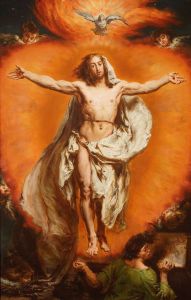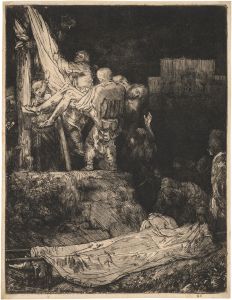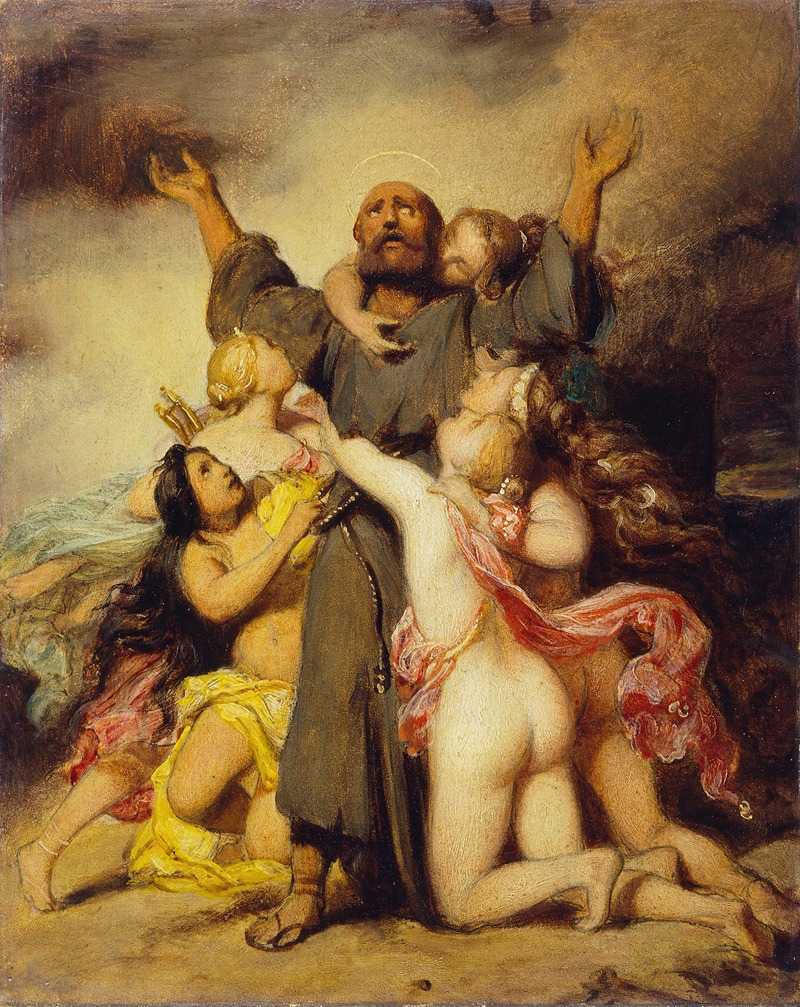
The Temptation of Saint Anthony
A hand-painted replica of Paul Delaroche’s masterpiece The Temptation of Saint Anthony, meticulously crafted by professional artists to capture the true essence of the original. Each piece is created with museum-quality canvas and rare mineral pigments, carefully painted by experienced artists with delicate brushstrokes and rich, layered colors to perfectly recreate the texture of the original artwork. Unlike machine-printed reproductions, this hand-painted version brings the painting to life, infused with the artist’s emotions and skill in every stroke. Whether for personal collection or home decoration, it instantly elevates the artistic atmosphere of any space.
Paul Delaroche's "The Temptation of Saint Anthony" is a notable work by the French painter, who was renowned for his historical and religious subjects. Delaroche, born in 1797, was a prominent figure in the 19th-century French art scene, known for his detailed and dramatic style. His works often depicted historical events with a focus on realism and emotional depth.
"The Temptation of Saint Anthony" is part of the rich tradition of artworks inspired by the story of Saint Anthony the Great, a Christian monk from Egypt who is considered the father of monasticism. The narrative of Saint Anthony's temptations has been a popular subject in art, literature, and music, capturing the saint's spiritual struggles against the devil's temptations.
Delaroche's interpretation of this theme reflects his interest in the dramatic and the theatrical, characteristics that define much of his oeuvre. Although specific details about the painting's creation, such as its exact date and current location, are not widely documented, it is consistent with Delaroche's style, which often involved meticulous attention to detail and a focus on the psychological aspects of his subjects.
In "The Temptation of Saint Anthony," Delaroche likely employed his skill in rendering human emotion and expression to convey the intense spiritual battle faced by the saint. The painting would have been designed to evoke empathy and reflection in the viewer, drawing them into the narrative of Saint Anthony's trials. Delaroche's ability to capture such moments with clarity and emotional resonance is a hallmark of his work.
The theme of Saint Anthony's temptation has been explored by numerous artists across different periods, including Hieronymus Bosch, Salvador Dalí, and Gustave Flaubert in literature. Each artist brings their own interpretation to the story, reflecting the cultural and artistic contexts of their times. Delaroche's version would have been influenced by the Romantic movement, which emphasized emotion, individualism, and the sublime.
While Delaroche's painting may not be as widely recognized as some other interpretations of the same theme, it contributes to the broader artistic dialogue surrounding Saint Anthony's story. His work remains an example of how 19th-century artists engaged with religious themes, using them as a vehicle to explore human psychology and the eternal struggle between good and evil.
Paul Delaroche's legacy as an artist is marked by his ability to blend historical accuracy with dramatic flair, creating works that resonate with viewers on both an intellectual and emotional level. "The Temptation of Saint Anthony," though not as extensively documented as some of his other works, fits within this legacy, showcasing his skill in bringing historical and religious narratives to life through art.





